President Donald Trump, during his inaugural address on January 20, 2025, as he began his term as the 47th President of the United States, announced that the U.S. would officially recognize only two genders: male and female. This declaration was part of a broader initiative Trump labeled as the “restoring sanity” agenda by his administration.
Trump’s speech included a commitment to end what he described as the government’s efforts to “socially engineer race and gender into every aspect of public and private life.” He stated, “As of today, it will henceforth be the official policy of the United States government that there are only two genders, male and female.” This policy change was immediately followed by executive orders that not only recognized these two genders but also ended what were described as “radical and wasteful” diversity, equity, and inclusion (DEI) programs within federal agencies.
Senior White House officials elaborated that this gender policy was a measure to “defend women from gender ideology extremism and restore biological truth to the federal government.” These officials emphasized that the policy would direct federal agencies, including the State Department and the Department of Homeland Security, to ensure that official documents like passports and visas accurately reflect biological sex rather than gender identity.
The announcement was met with significant support from conservative circles. Influencers and politicians on social media platforms praised the move. Kaizen D. Asiedu commented on the absurdity of the situation, noting the standing ovation Trump received for stating a biological fact. Representative Mark Harris from North Carolina cheered the declaration as a victory for truth. Chaya Raichik, known for her LibsOfTikTok activism, viewed it as an end to what she termed “gender pseudoscience.” Talk show host Graham Allen celebrated it as the death of “radical woke gender ideology.”
However, the policy has sparked a debate, with critics likely to argue over the implications for transgender and non-binary individuals in terms of legal recognition, healthcare, and civil rights. The move is part of a series of actions Trump took on his first day, including withdrawing the U.S. from the World Health Organization, reflecting his administration’s critical stance on international bodies and certain policies from the previous term.
This declaration by Trump on gender recognition is poised to have wide-reaching effects, potentially influencing federal policy, education, healthcare, and civil rights discourse across the nation. It underscores a significant cultural and political shift, aiming to realign policy with what Trump’s administration deems as biological realities, amidst a polarized national conversation on gender and identity.

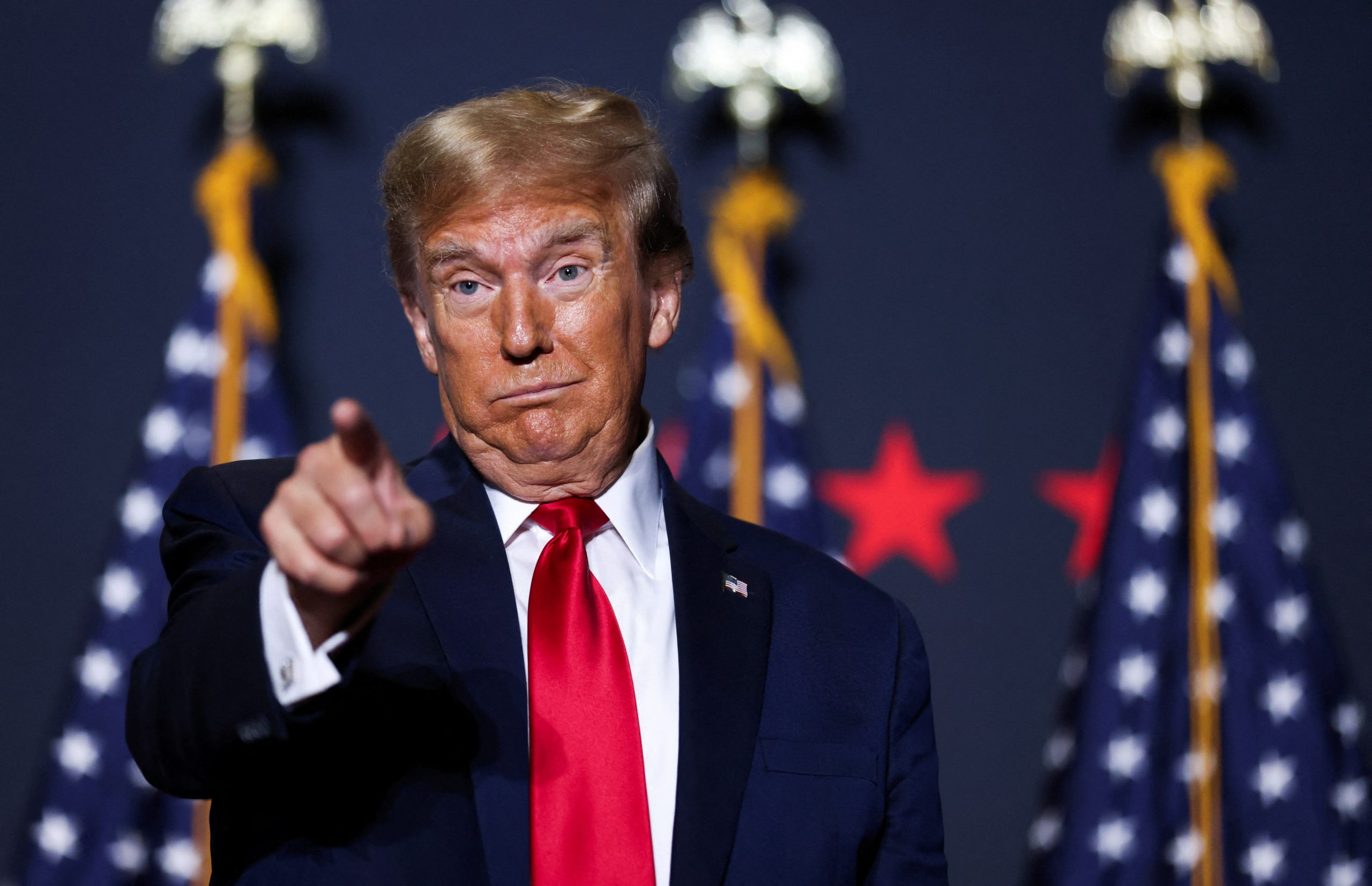
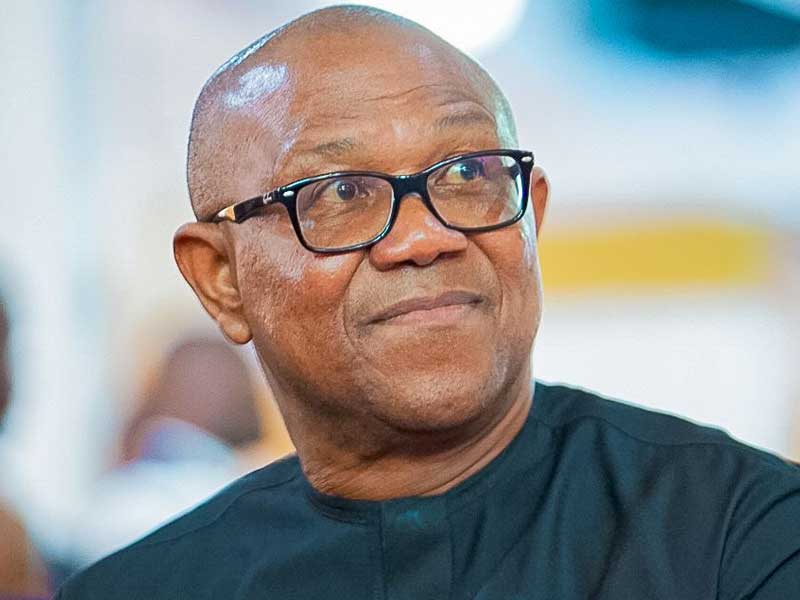
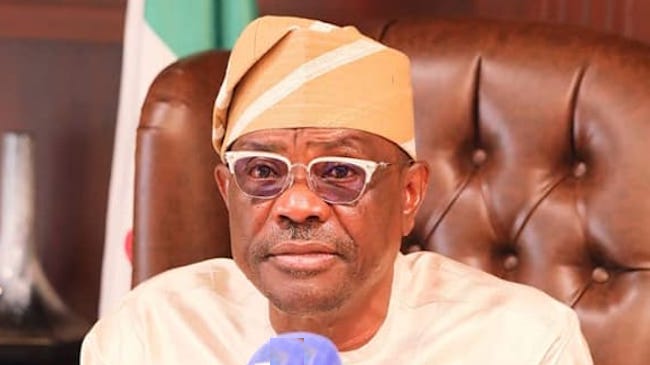
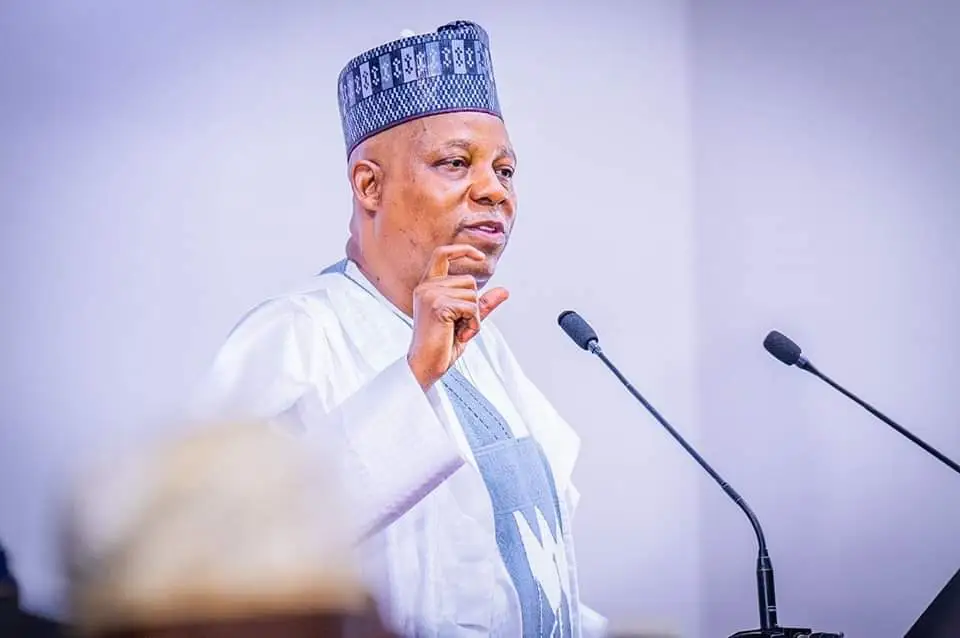


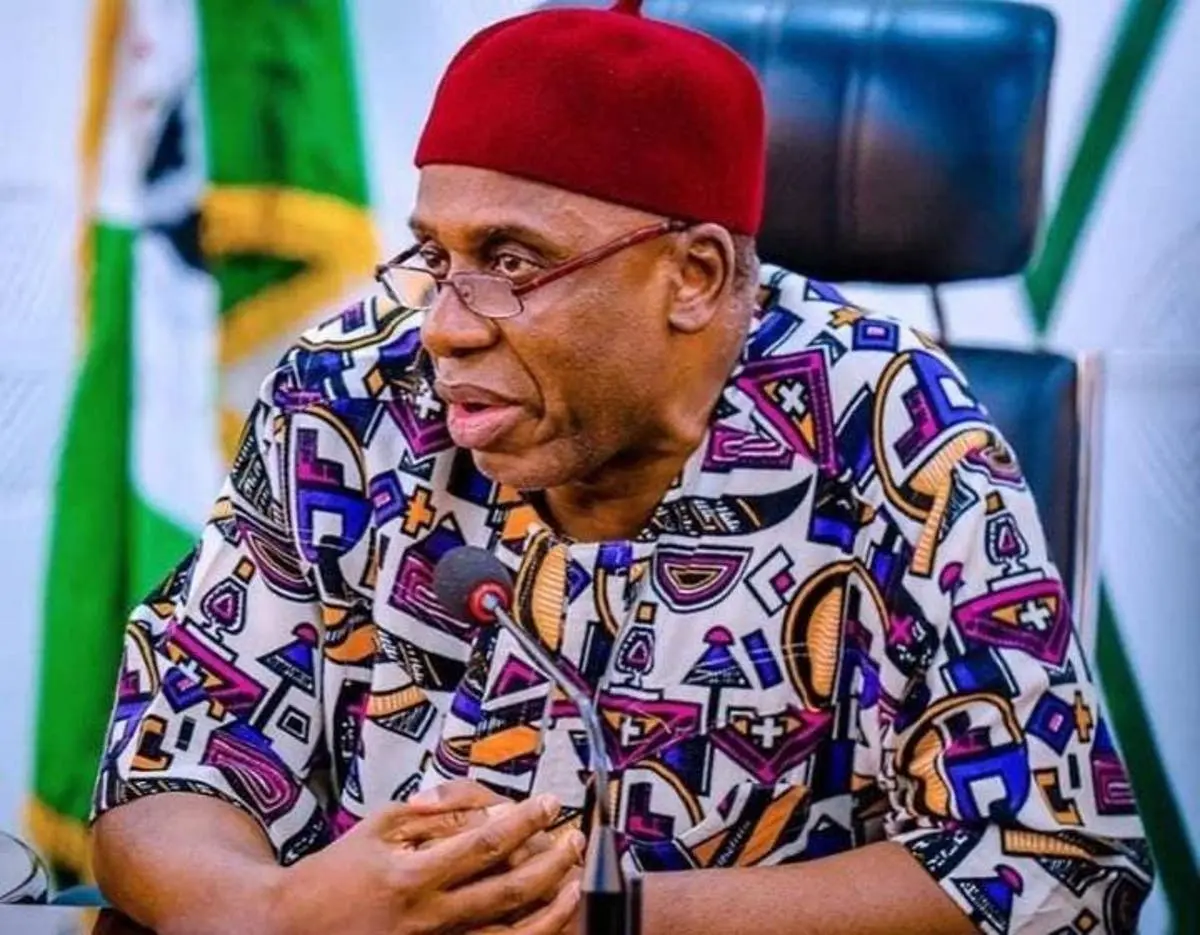
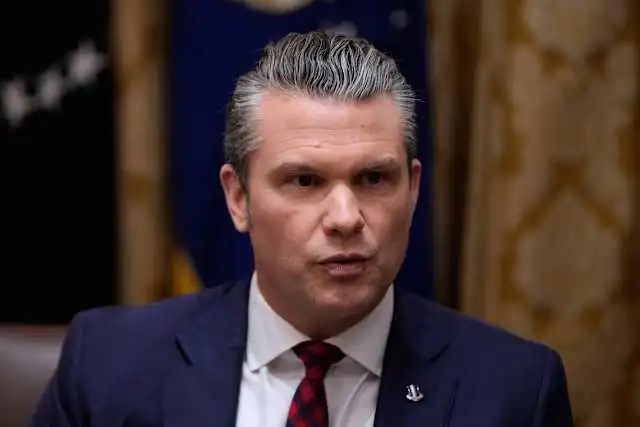
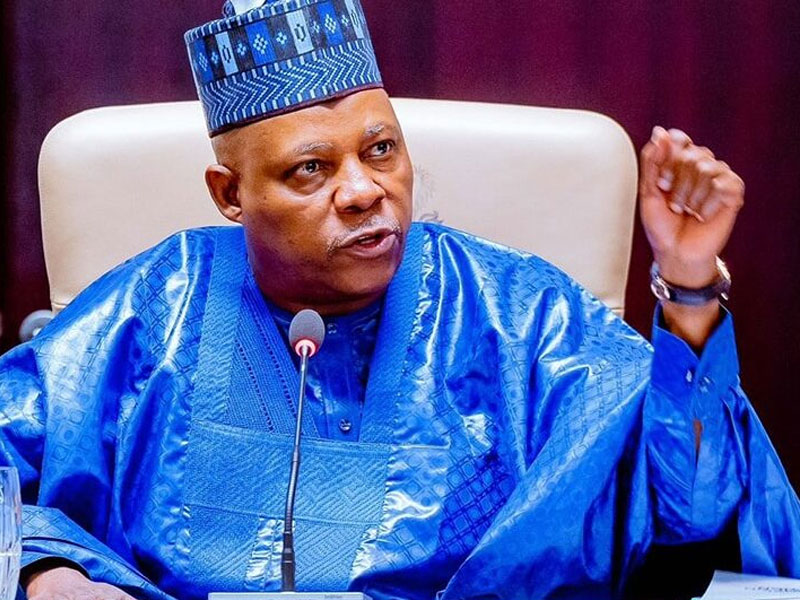
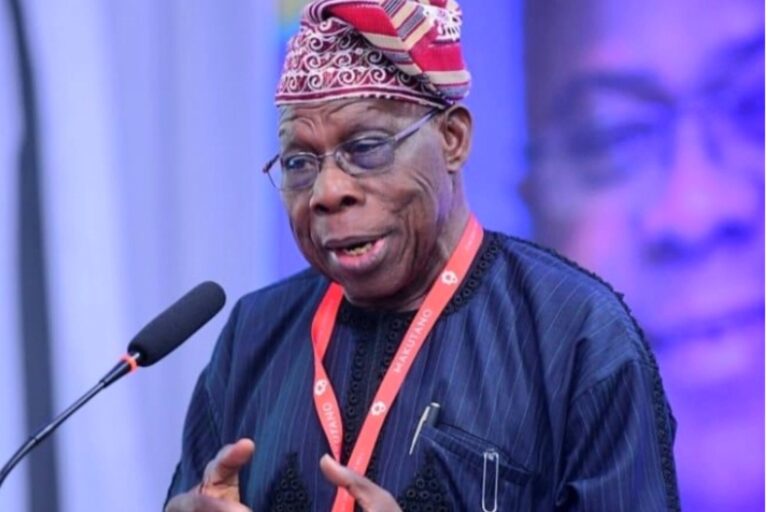
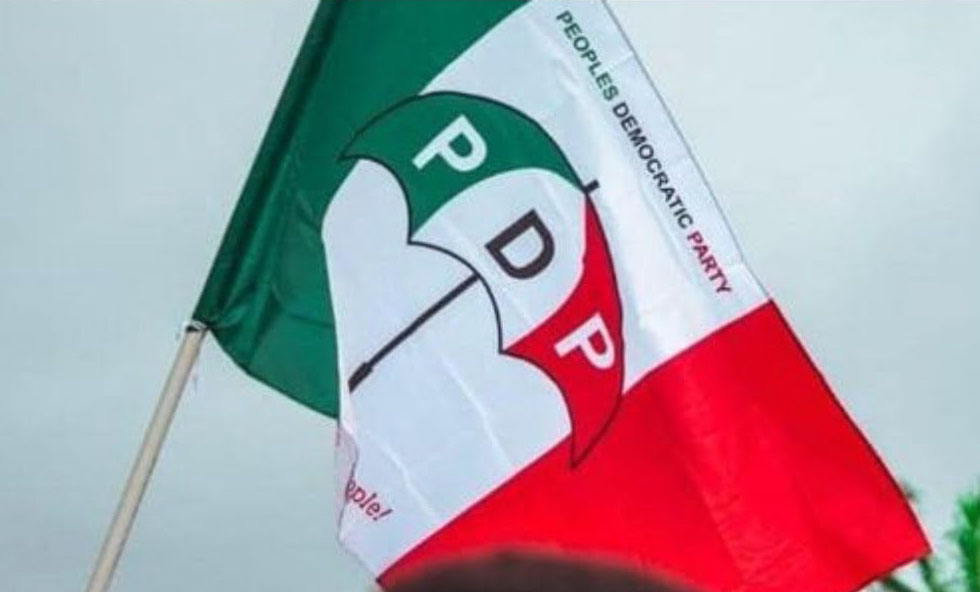
Leave a comment